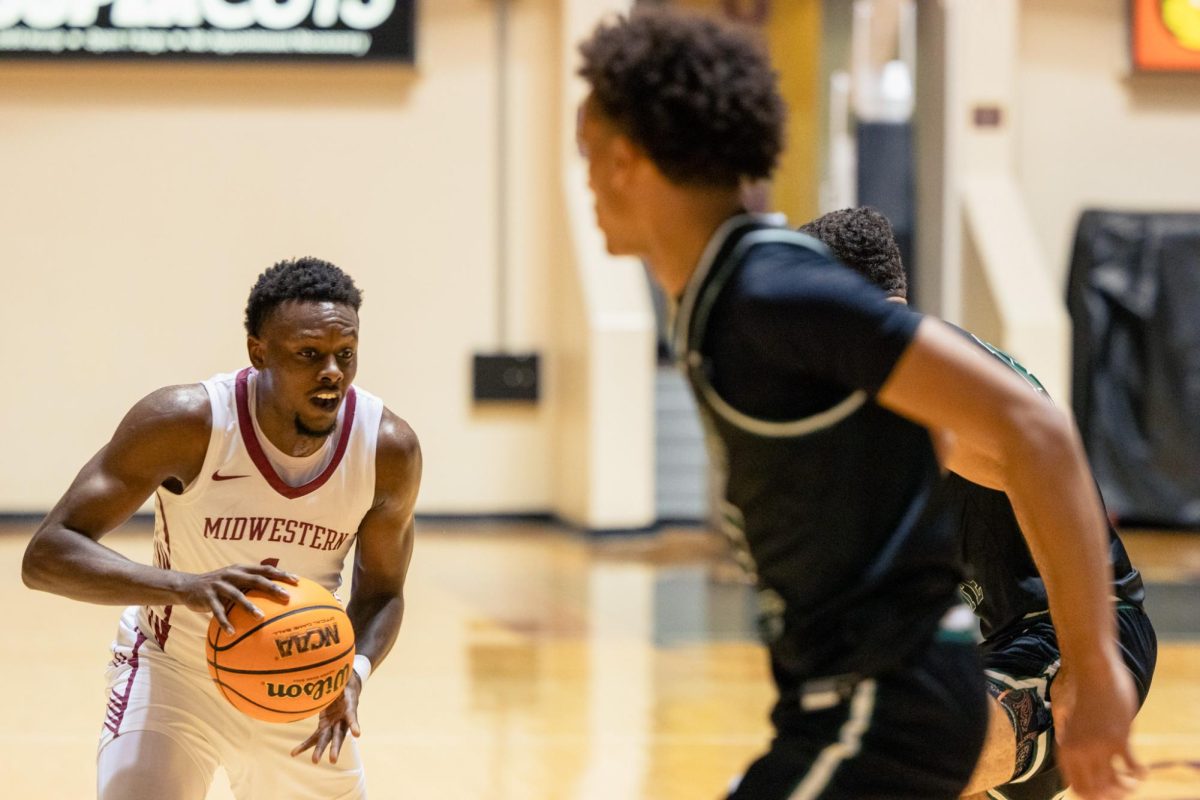Enrollment at MSU is down by 244 students since Fall 2010, according to the office of admissions.
Administrators are toying with some theories about what caused the shortfall in enrollment. Among the potential answers are higher admissions standards, a struggling national economy, and an inability to seal the deal with potential students.
New first-time freshmen took the hardest hit, going from 739 last year to 607 this year. Freshmen moved from 560 to 502, a loss of 58 students. Sophomores went from 1,175 to 1,123, shedding 52 students. Juniors lost the fewest students, moving from 1,328 to 1,278. It was a loss of 50 students.
Seniors actually gained 45 students and post-baccalaureates added 7 students, putting them at 1,955 and 80 students, respectively.
The Office of Institutional Effectiveness plans to analyze the shortfall in enrollment. Some conclusions should be reached by the end of September, said Dr. Robert Clark, vice president of institutional effectiveness.
“I don’t know what we’re going to find,” Clark said. “The economy has got to play a role in this.”
He said home foreclosures, along with the availability of community colleges, probably displaced some of MSU’s potential student base. Higher admission standards also probably contributed to the problem.
In 2007, the Texas Legislature created a Uniform Admission Policy (UAP) for universities, said Barbara Merkle, director of admissions.
It required senior institutions to seek new admission criteria. Historically, Texas high schools have offered three diploma types: minimum, recommended and distinguished. The UAP says that MSU cannot admit students who do not graduate or who graduate under the minimum plan. Benchmark tests, however, could be used to admit a student who previously didn’t meet admission criteria.
“We knew that would change the applicant pool,” Merkle said. “We aggressively went after students who met those criteria.”
More than 1,400 potential students met the standards for enrolling in MSU, but only 607 students actually registered for classes.
Along with figuring out why potential students didn’t attend MSU, the study will research where those potential students ended up.
“The students listened to our recruitment speech and were enticed to take a look at Midwestern,” Merkle said. “They followed through the application process and we admitted them. What did we not do? That’s what we’re going to be looking at.”
Merkle said it’s common for prospective college freshmen to apply to numerous institutions before they ultimately decide where they want to attend.
“It’s a comparison,” she said.
Students look at how affordable attending an institution will be, which includes scholarships and other forms of financial aid. Only after researching numerous schools do many students make a final decision about where they want to enroll.
“It’s been the trend for years,” Merkle said. “The high-echelon students, the ones who we want, who have the intellectual vitality to stay in college, everybody wants them. It’s very competitive.”
One thing that gives MSU an advantage, she said, is its physical campus. Once students actually visit the school, they’re more inclined to enroll. She said academic research on this subject has not been done yet.
Merkle explained the drop in sophomore and juniors by saying that some of these students may be sitting out for a semester. She refers to them as “stop and go” students.
“They can only afford to come every other semester, so they might come every spring,” she said. “But if they drop out for a semester they may miss a sequence of classes they need to complete their degrees.”















